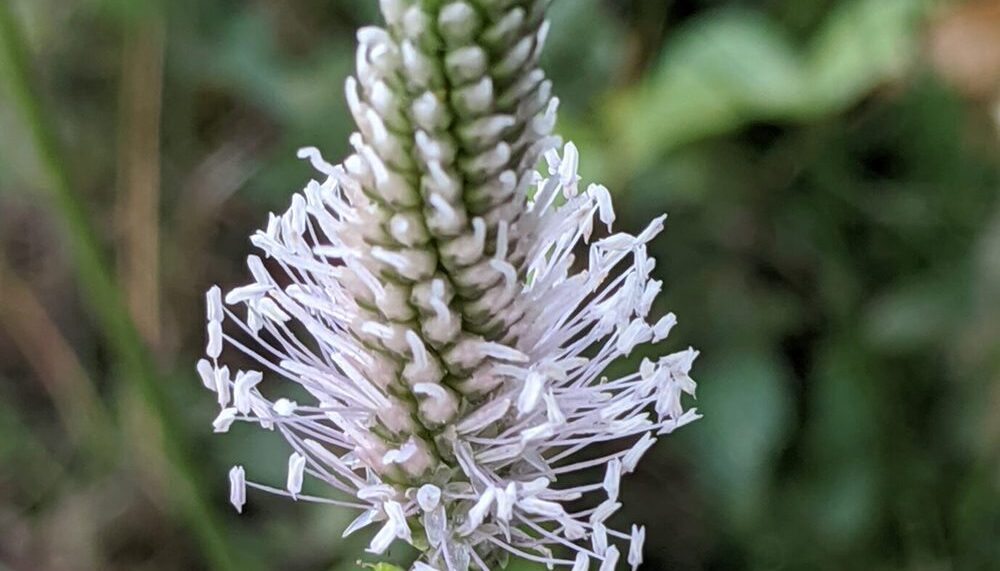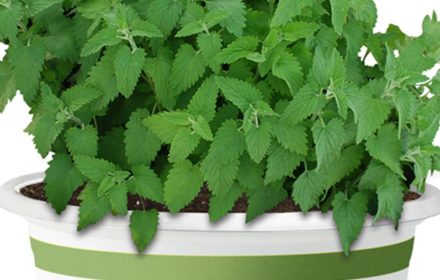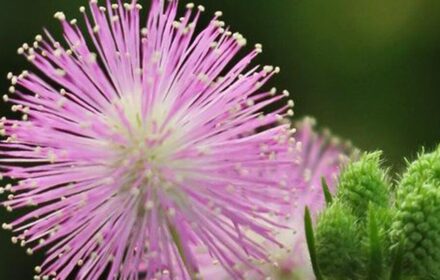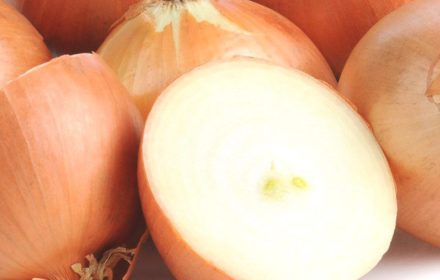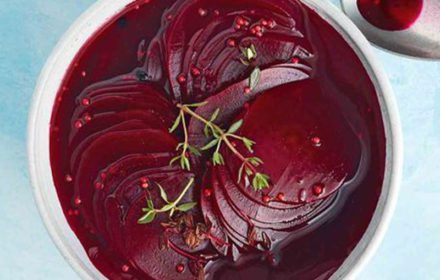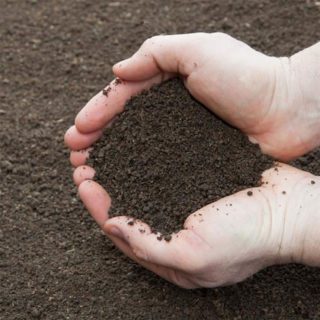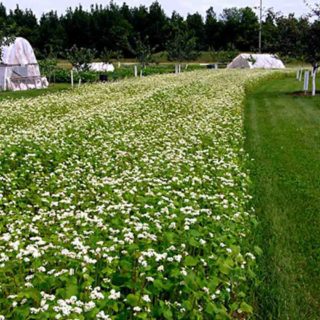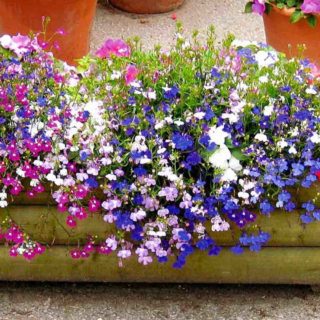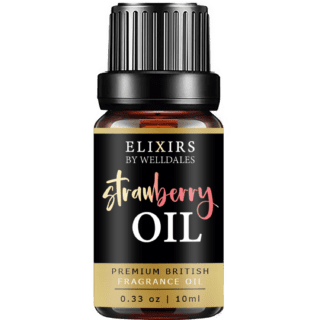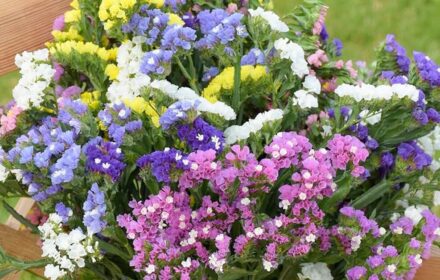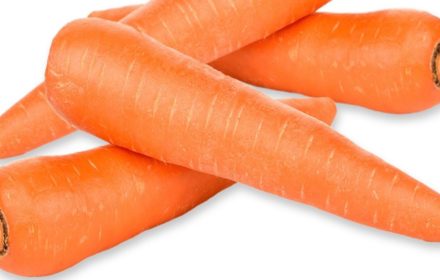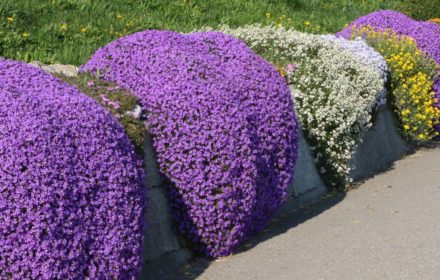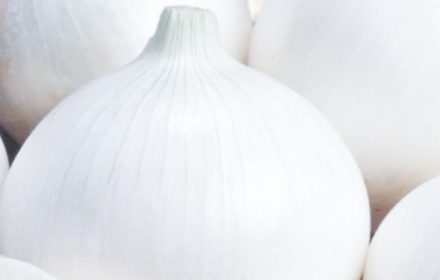How to Sow British Ribwort Plantain Seeds
The British Ribwort Plantain, scientifically known as Plantago lanceolata, is a hardy perennial herb native to the UK. It’s a valuable addition to any garden, thanks to its versatile uses. This plant is renowned for its lance-shaped leaves and slender spikes of tiny, brownish flowers
How to Grow British Ribwort Plantain from Seed
- Soil Preparation Advice: To ensure the British Ribwort Plantain thrives, choose well-draining soil with a neutral pH. It’s adaptable to various soil types but prefers loamy soil. Before sowing, loosen the soil to a depth of about 6 inches and remove any weeds or debris. This allows the roots to establish themselves easily
- Seed Sowing Advice: When sowing British Ribwort Plantain seeds, plant them at a depth of approximately 1/8 inch. This shallow planting depth ensures the seeds receive adequate light for germination
- Seed Spacing: Space the seeds at a distance of about 12 inches apart. This spacing provides each plant with enough room to grow and develop without overcrowding
- Germination: Seeds typically germinate when the soil temperature is around 15-20°C (59-68°F). To speed up germination, you can cover the seed tray with a plastic dome or use a heating mat. Be patient, as germination may take 10-20 days
How to Care for British Ribwort Plantain Seeds
- Maintenance: British Ribwort Plantain is relatively low-maintenance. Regular watering and occasional fertilization during the growing season will promote healthy growth. Keep an eye on moisture levels in the soil to avoid waterlogging
- Maturity: When fully mature, the British Ribwort Plantain will reach a height of about 12-18 inches. It will develop distinctive lance-shaped leaves and produce slender spikes of brownish flowers that can grow up to 30 inches in height
- Common Pests or Diseases: This plant is relatively resistant to pests and diseases. However, keep an eye out for aphids or slugs. In case of infestations, you can use organic pest control methods or remove the pests manually. Ensure good air circulation to prevent fungal diseases

